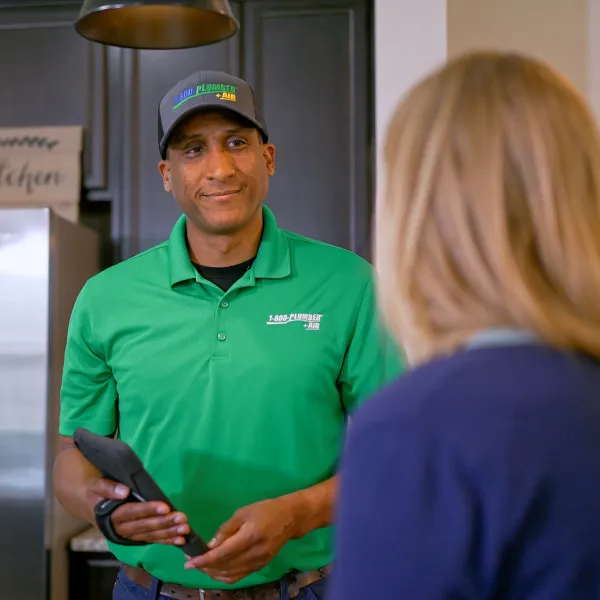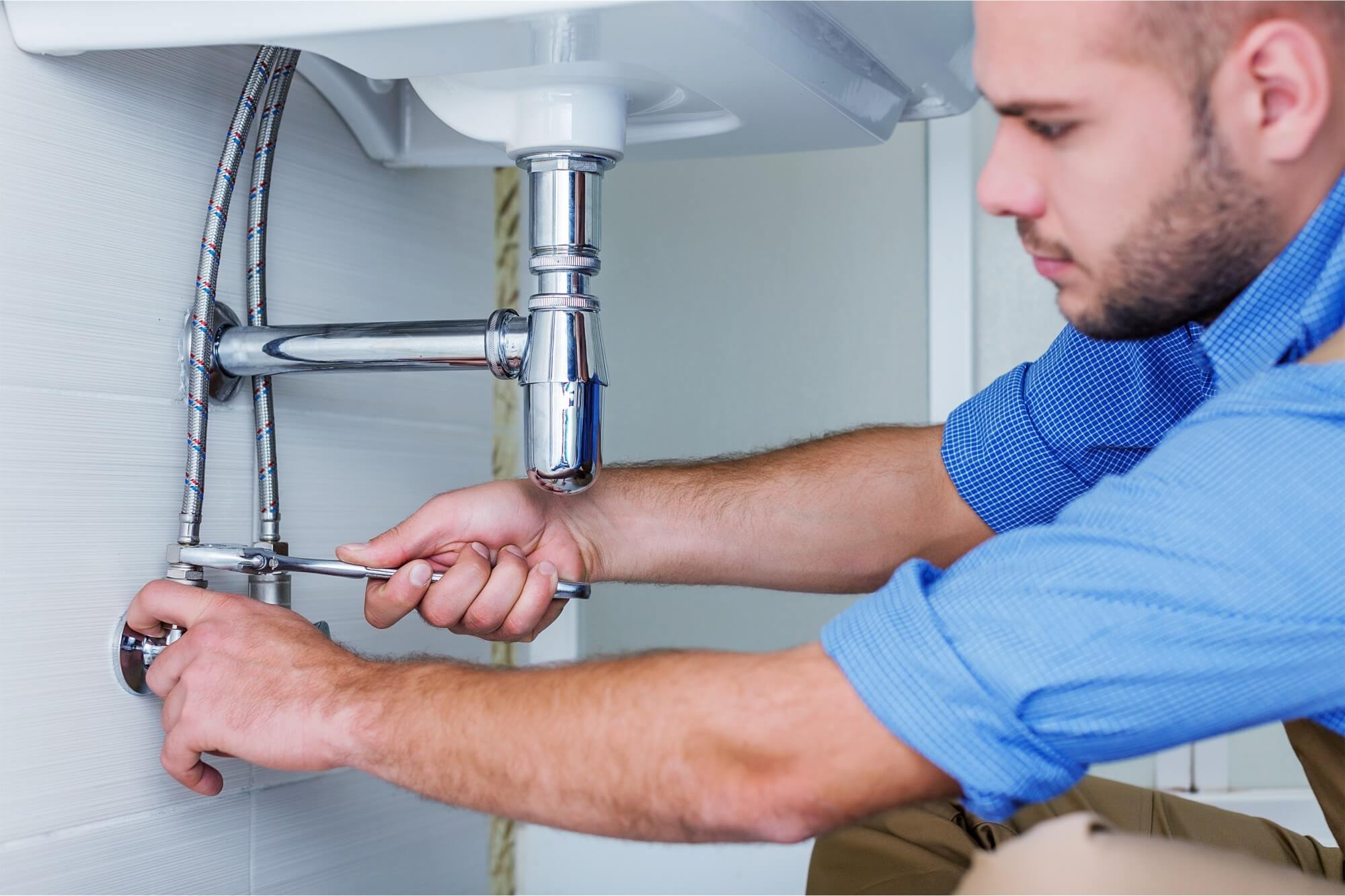Specialist Drain Cleaning Alabaster AL to Maintain Your Pipes Flowing
Specialist Drain Cleaning Alabaster AL to Maintain Your Pipes Flowing
Blog Article
A Step-by-Step Guide to Efficient Hot Water Heater Installation for Optimal Efficiency
Getting started on the task of installing a water heater is a venture that demands precision and an organized method for accomplishing optimal performance. The process begins with the vital choice of picking the proper heating unit tailored to the specific requirements of your household, considering elements such as kind, size, and power resource. As soon as picked, preparing the setup location to satisfy safety and security criteria is paramount. Nevertheless, the trip does not end right here. As you continue, the ins and outs of linking water lines and establishing trustworthy electric or gas links await, appealing insights right into ensuring performance and reliability.
Choosing the Right Hot Water Heater

Next, think about the size and capacity of the water heater. It's essential to evaluate your household's warm water needs, which can differ based on the variety of passengers and their usage patterns. An unit that's also little might bring about inadequate warm water, while an extra-large design might lead to unnecessary energy usage.
Efficiency ratings additionally play a crucial function in selection. Try to find water heating systems with high Energy Variable (EF) ratings, suggesting superior performance and lowered energy use. Tankless versions, though generally much more pricey ahead of time, deal significant energy financial savings over time as a result of their on-demand home heating capacities.
Preparing the Setup Location
Prior to installing a new hot water heater, thorough prep work of the installment location is important. This ensures a smooth installation process and aids avoid future issues (Drain Cleaning Alabaster AL). Begin by selecting an appropriate area that follows neighborhood building regulations and safety criteria. The area should be completely dry, well-ventilated, and obtainable for maintenance. It's vital to measure the area very carefully to fit the hot water heater's dimensions, ensuring ample clearance around the device for effective operation and servicing.
Following, get rid of any kind of debris, dirt, or blockages from the site to create a clean setting. Inspect the floor for stability, as the hot water heater will certainly need a solid, degree surface area to operate effectively. If required, mount a drip pan below the unit to capture potential leakages or spills, avoiding water damages to the surrounding area. In areas vulnerable to seismic activity, think about installing seismic bands to protect the heating unit firmly in location.
In addition, guarantee that all necessary tools and materials are on hand before starting the setup. This includes things such as wrenches, screwdrivers, a degree, and any kind of extra equipment required for installing and securing the heating system. A well-prepared installment location sets the structure for an effective water heating system arrangement, maximizing efficiency and safety.
Connecting Water Supply Lines
When linking water supply lines to your newly set up water heater, it is vital to make sure that all connections are safe and leak-free to preserve efficient procedure and prevent water damages. Begin by determining the hot and cool water lines. The chilly water inlet is generally marked with a blue tag or a "C", while the warm water outlet is noted with a red label or an "H".
Usage adaptable water heating unit ports to facilitate an easier installation process. Before connecting the ports, place a plumbing professional's tape around the threaded ends of the water heating unit's inlet and electrical outlet pipes.
When connections remain in location, gradually activate the main visit water shutoff. Check each connection for leakages by visually feeling and inspecting for dampness. Tighten connections as necessary, and make sure the stress safety valve is appropriately installed, protecting versus excessive pressure build-up.
Establishing Up Electrical or Gas Links
Effectively setting up the electric or gas connections for your hot water heater is a critical step to make sure secure and effective operation. For electrical water heating units, begin by confirming that the electrical circuit works with the heating unit's voltage and amperage needs. Ensure the power supply is switched off at the circuit breaker to avoid accidents. Connect the electrical cords to the heating unit following the supplier's wiring representation. Commonly, this involves linking the ground wire to the environment-friendly terminal, and the continuing to be wires to their corresponding terminals, securing each with wire nuts.
For gas water heating units, security is critical. Verify that the gas supply is off before proceeding. Link the gas line to the hot water heater using a flexible gas port, ensuring it is appropriately threaded and sealed with pipe joint substance or Teflon tape suitable for gas connections. Tighten the links with a wrench, making sure not to over-tighten (Plumbing Services Alabaster AL).
Once connections are made, inspect for any type of potential leakages. For gas lines, use a soapy water service to the joints; bubbles suggest a leak. For electric connections, confirm that all electrical wiring is safe and appropriately shielded, maintaining conformity with regional electrical codes.
Changing and examining for Efficiency
With the electrical and gas connections firmly in area, the following action is assessing the functional original site performance of your water heating system. Begin by meticulously transforming on the water supply and guaranteeing there are no leaks at any of the joints or shutoffs.
Next, execute a thorough examination to make certain the burner or burner are working appropriately. For electrical heating systems, utilize a multimeter to validate if the components are attracting the appropriate current. In gas models, observe the heater flame; it should be consistent and blue, suggesting effective burning.
Change the setups as required to get rid of ineffectiveness. Think about implementing insulation procedures, such as including a water heating unit covering, to additionally enhance efficiency by decreasing heat loss. Furthermore, examine the anode rod's problem, as a shabby rod can minimize effectiveness and bring about storage tank rust.
Conclusion
Effective hot water heater installment is crucial for ensuring optimal performance and power cost savings. By picking the appropriate type and dimension, and meticulously preparing the installation area, a structure for success is developed. Safely attaching supply of water lines and very carefully establishing electric or gas links reduce prospective issues. Comprehensive testing for leakages and see post accurate thermostat modifications to 120 ° F enhance integrity and effectiveness. Abiding by these steps advertises long-lasting capability and power preservation in residential water heater.

Correctly setting up the electric or gas connections for your water heating system is a vital step to ensure secure and reliable operation. For electrical water heating units, begin by validating that the electrical circuit is suitable with the heater's voltage and amperage needs. Link the gas line to the water heater utilizing an adaptable gas adapter, ensuring it is appropriately threaded and sealed with pipe joint substance or Teflon tape ideal for gas connections.
Report this page